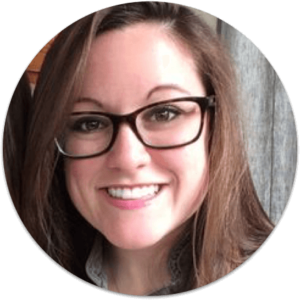Person-Centered Programming in Senior Living

 Programming Expert Spotlight: Lynne Dionne, Bedford Falls
Programming Expert Spotlight: Lynne Dionne, Bedford Falls
Senior living programming should reflect the interests, abilities, needs and preferences of each resident. That’s why activity calendars are different at each community — each one is tailored to its group of residents. At Benchmark, we strive each day to take every resident interest into account. How do we do it? Learn more from Lynne Dionne, Programming Director at Bedford Falls community.
Getting to Know You
First, a senior living community must know as much as possible about the residents. Residents and families may be asked to complete a resident profile outlining information about their personal history. The profile should include details such as:
- Where they were born
- Where they lived
- Where they worked
- Where they went to school
- Favorite vacation spots
- Hobbies and interests
- Spouse information
- And more
When this kind of in-depth information is available, the community can design programs based on your loved one’s needs and interests.
At Bedford Falls, for example, the new resident profile includes a detailed checklist of hobbies and interests such as bowling, poetry, restaurants and many more. Before residents even move into the community, Programming Director Lynne Dionne adds their interests to her master checklist.
She maintains a list of all residents who selected interests and activities that align with events on the calendar. Then, the community can invite residents to the corresponding events and encourage them to attend, thus optimizing their experience.
In addition, Dionne uses these checklists to understand trends in the community. If she sees that she has 20 residents who are interested in intergenerational programs, for instance, then she knows those will be popular programs that should be scheduled more often.
The practice of analyzing resident profiles is worthwhile because it ensures your loved one will have activities customized to their interests.
Soliciting Resident Feedback
Of course, programs that worked in the past may not work forever. That’s why it’s so important for senior living communities to constantly reevaluate programming.
Many assisted living communities have resident councils or program committees for this purpose. Typically, groups meet monthly to discuss a variety of topics and guide programming within the community. Communities may also use resident and family surveys to evaluate program success, providing regular opportunities for you and your loved one to offer input.
Informal resident feedback is another important evaluation tool. When Lynne hires a new entertainer, she sits with residents to ask their opinion of the program, and whether she should hire the person again and how often. She also asks for activity suggestions from residents. In fact, she says, all recent outings have been resident recommended. In this way, residents are truly at the center of the community’s programming.
In addition, communities should have an open-door policy, where residents are free to make recommendations at any time. When evaluating your senior living options, look for evidence that those suggestions are being heard — that the community is willing to accommodate individual requests, either by adding an activity to the calendar or planning something specific for one resident.
By discovering how the community incorporates residents’ interests into programming, you will get a sense of the community’s priorities, and how well a loved one will have a voice in that setting.


